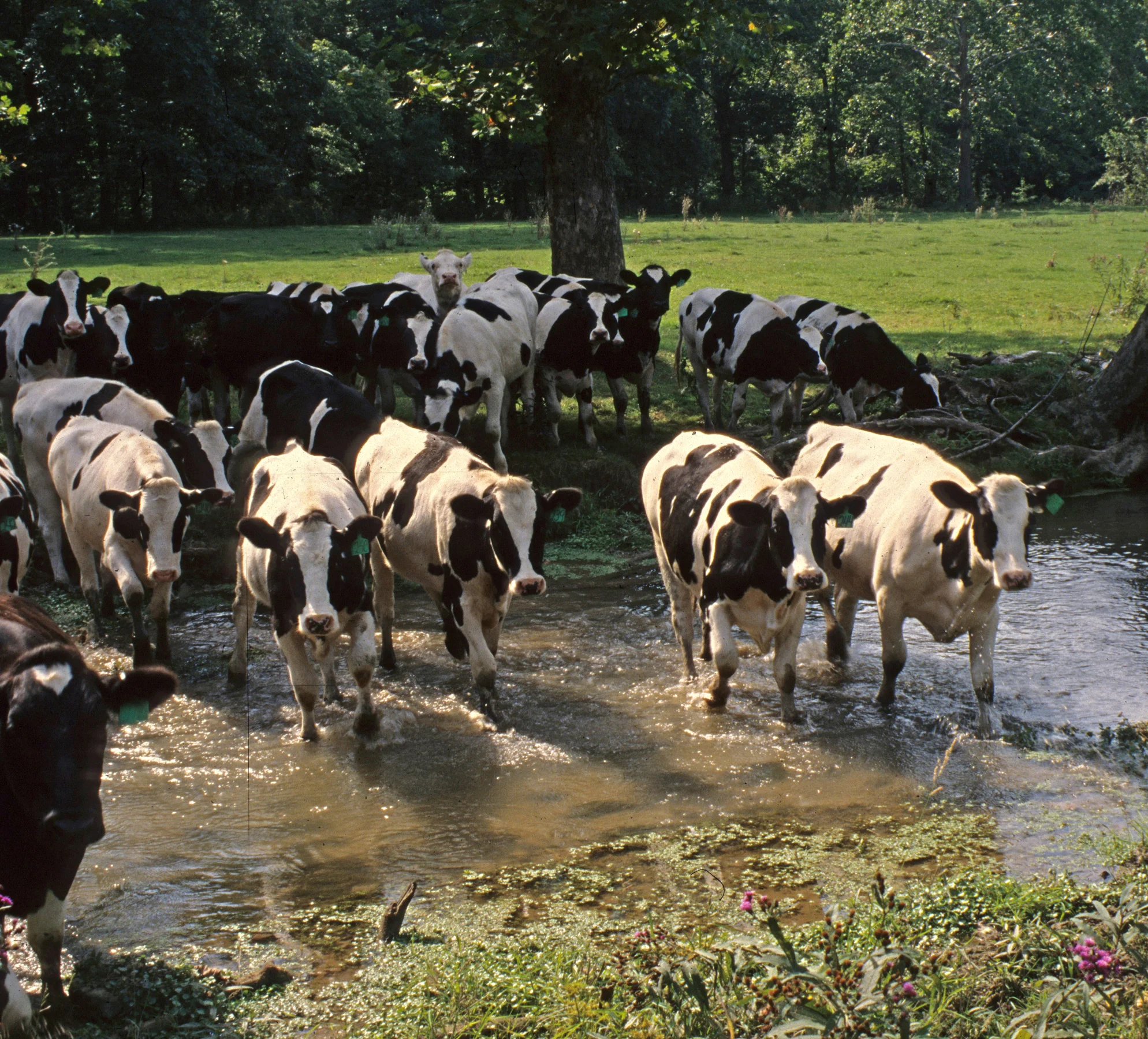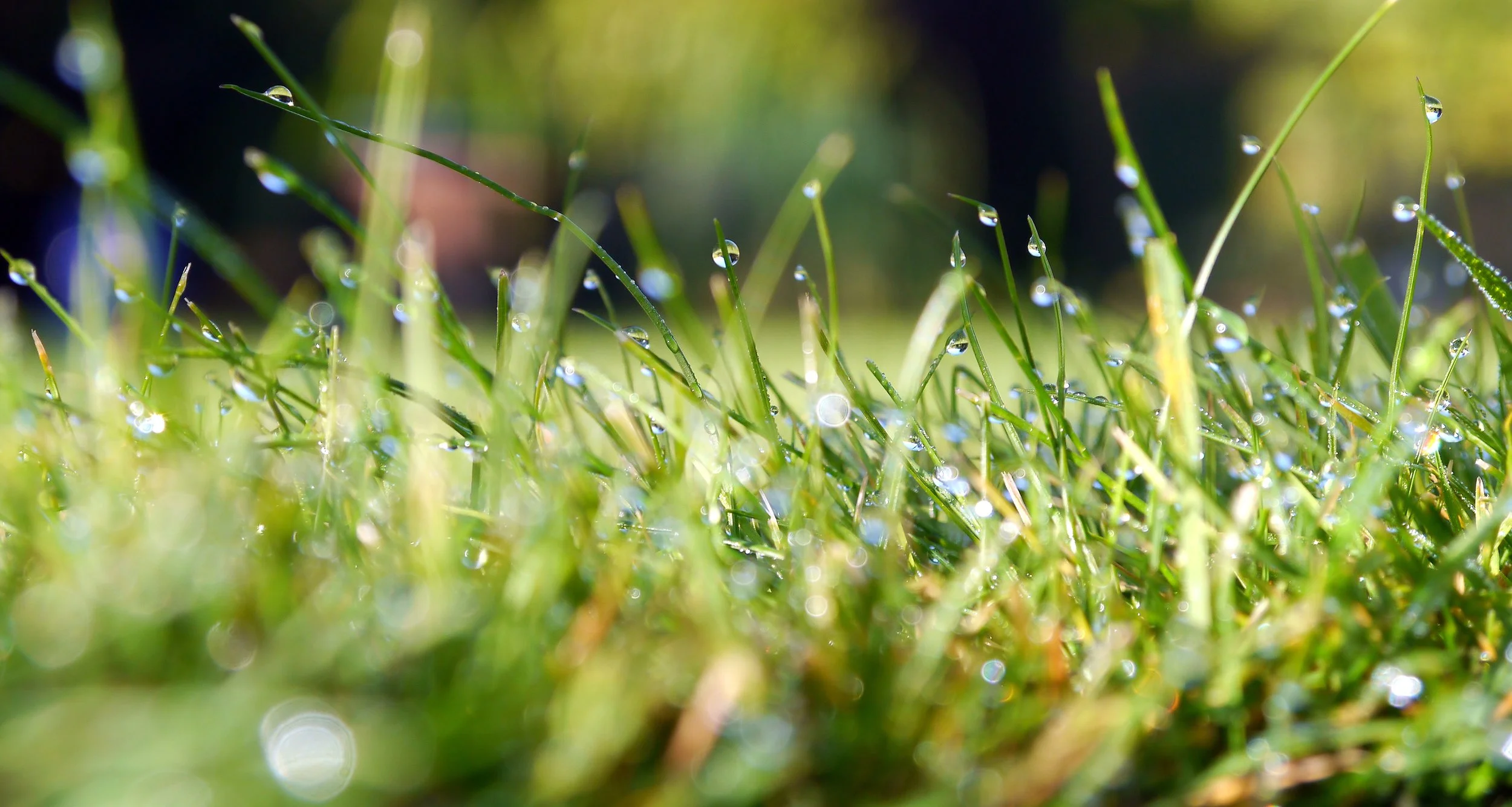Extreme stream makeover: 3 local creeks are transformed
/Why local investment in clean water is paying off
There’s a common misconception that storm drain systems are connected to water treatment plants, but the vast majority are not.
Polluted runoff that flows from yards, streets, and parking lots and into nearby drains is directly dumped into places like Rock Creek and Sligo Creek. These tributaries then carry the pollution downstream and into the Potomac River - the source of the water we drink.
How bad is the problem?
A single 1.2 inch rainstorm in DC produces a whopping 525 million gallons of polluted runoff. That means with every strong storm oil, pet waste, pesticides, trash, and other debris are polluting your local waterways. The rise in polluted runoff is serious enough that it could undo decades of progress to improve the health of the Potomac River.
But there’s good news!
Many local communities are taking charge and tackling polluted runoff head on at its source: our neighborhoods. In Montgomery County, residents and businesses pay into a Water Quality Protection Charge, a local dedicated fund for stream restoration projects. Thanks to this critical funding, the Montgomery County Department of Environmental Protection (DEP) is reinvesting in our neighborhoods and restoring backyard creeks, creating wildlife habitat, and beautifying communities.
Check out these 3 amazing clean water projects in Montgomery County, and then take a look at DEP’s map to find out what’s going on in your neighborhood.
Breewood tributary









Talk about a transformation!
Breewood, a small stream located near Wheaton, is surrounded by highly developed land. During storms, Breewood was inundated with polluted runoff from parking lots and roads, which led to the severe erosion issues you can see above. Because the banks of the stream were unstable and eroding, trees fell, sewer lines were exposed, and streamside wildlife habitat was lost.
To fix the problem, the restoration project looked to both the stream itself and the surrounding neighborhood. The stream was rebuilt and its banks were reinforced and stabilized with new trees and shrubs. In the neighborhood surrounding Breewood, rain gardens, bioswales, and other nature-based solutions were installed to capture and filter rain before it becomes runoff.
Sligo Park Hills (Sligo Creek)





The Sligo Park Hills neighborhood has undergone a beautiful transformation in recent years, adding rain gardens and green streets to stop the flow of polluted runoff into Sligo Creek. Much of this community-driven effort was led by our partners, Friends of Sligo Creek.
These beautiful gardens are only one of the many investments the county has made in Sligo Creek over the years. In fact, the restoration of Sligo Creek has been so successful, the EPA featured it as a case study in 2012, celebrating the return of native fish.
More recently, the Department of Environmental Protection has been working to improve the flow of the creek. If you see what looks like construction along Sligo while out on a hike, don't worry! Changes to the creek will improve water quality and better manage polluted runoff.
Fun fact: Rachel Carson, the famous environmentalist who wrote Silent Spring lived in the Sligo Creek watershed!
Lower Booze Creek restoration




Like Breewood, Lower Booze Creek in Bethesda struggled with erosion issues due to polluted runoff. Steep, degraded creek banks exposed sewer lines and tree roots, sending harmful sediment downstream to Cabin John Creek and into the Potomac River.
To repair the creek, the Department of Environmental Protection, in partnership with the Washington Suburban Sanitary Commission, regraded the land to create floodplains able to handle large rainstorms. The creek banks were also reinforced, and thousands of trees, grass and bushes were planted to prevent erosion and filter pollution.
These projects are great examples of how a local government agency (the DEP) works with communities to prioritize and implement clean water project. Projects like these, when combined with upstream restoration efforts, can be one of the most effective ways to clean our local creeks and streams.
All photos courtesy of the Chesapeake Bay Program via Flickr.
Get clean water news
delivered to your inbox
Sign up for our monthly
River Update email
100% Privacy. We do not spam or share your information.










Why do the Tidal Basin seawalls need an upgrade, and how long will it take? The passage of time and the growing intensity of the climate crisis mean the Tidal Basin needs better flood protection – much better.
Read on to learn about this costly infrastructure project and the power of harnessing nature-based solutions to adapt to climate change.